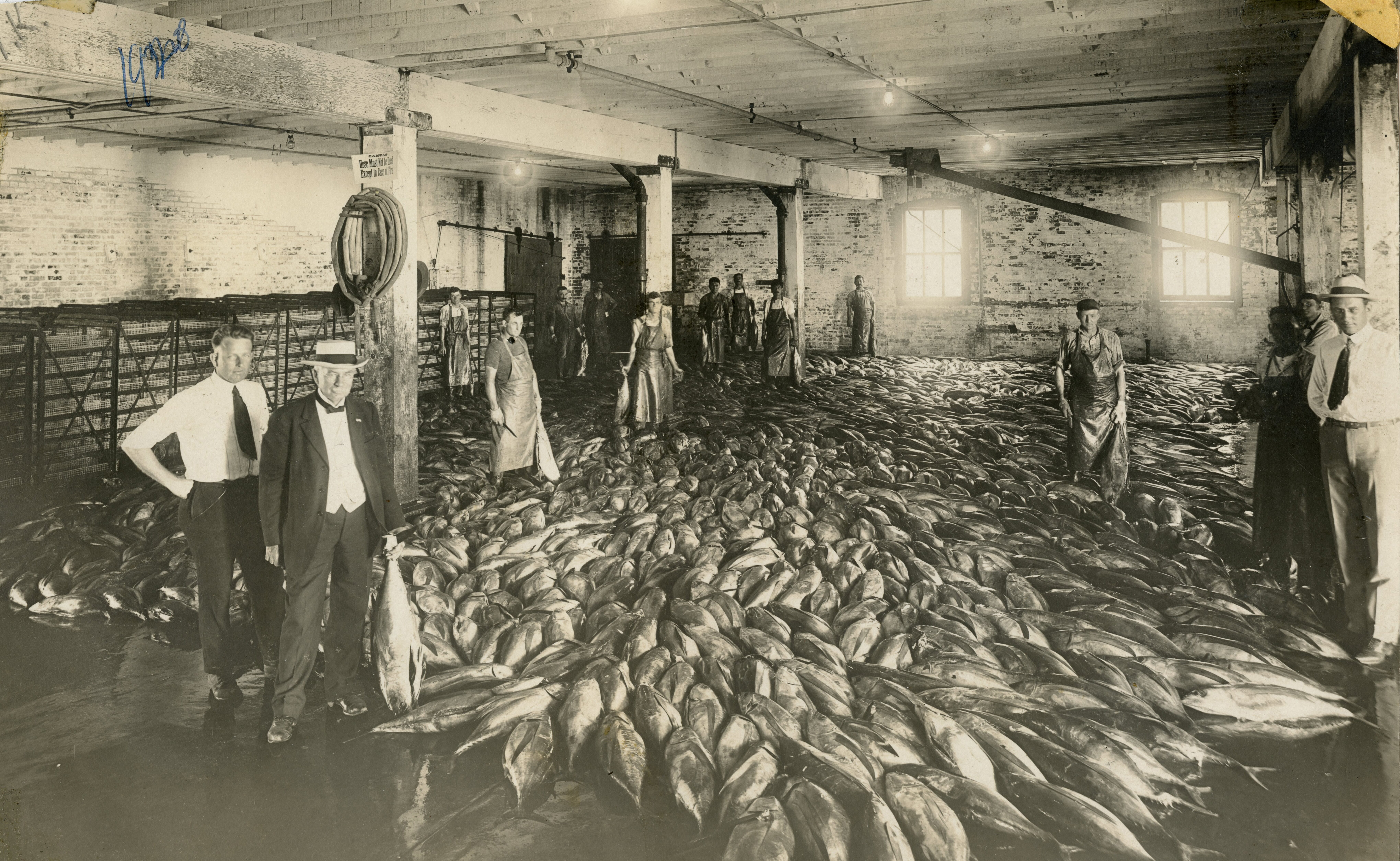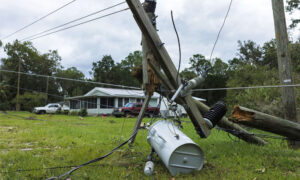An artificial island in southern Los Angeles is home to a tragic – and largely forgotten – chapter in American history.
In the early 1940s, a vibrant Japanese fishing village thrived on Terminal Island. Immigrant families – with their exceptional ability to catch the biggest fish in the Pacific – built a community with stores, schools, sports teams and annual parades. They were the backbone of Southern California’s fishing industry, a significant part of the region’s economy.
But with America’s entry into World War II, all residents were given 48 hours to leave the island and residential properties were demolished.
A book co-authored by USC Price School Professor Geraldine Knatz – Terminal lsland: Lost Communities on America’s Edge – chronicles the evolution of Terminal Island. With 230 archival photos, Knatz and co-author Naomi Hirahara tell the story of a beloved place that developed from beach resort to fishing hub, ultimately ending with the U.S. government’s decision to send Japanese-American residents to internment camps and knock down their homes and businesses.
“It’s pretty shocking. We assumed every Japanese person was a spy or something, and many of these people were citizens,” Knatz said. “There are some great lessons to be learned about what we did back then.”
The book, re-published this year by Angel City Press, includes an afterword by celebrity actor and activist George Takei and a foreword by historian William Deverell, Professor at the USC Dornsife College of Letters, Arts and Sciences.
For Knatz, a former executive director of the Port of Los Angeles, the history of Terminal Island is also a lesson in urban planning and economic development. To build a better harbor, the U.S. Army Corps of Engineers initially connected two islands to create what’s now Terminal Island. The place would later become a resort for wealthy Southern California landowners and a refuge for artists, writers and scientists – before industrialists and railroad magnates drove them out to make way for commercial fisheries.
“The drive to accommodate commerce was paramount in planning the facilities,” Knatz said. “Sometimes people are in the way of development. It was really engineering and economics that drove harbor policy.”
Terminal Island also has a rich history in science. With its abundance of species to study, the island was a paradise for marine biologists. The Scripps Institution of Oceanography – now part of the University of California, San Diego – originated as the Marine Biological Laboratory at Terminal Island and operated there in 1901 and 1901.And the island was where notable women scientists, such as Sarah P. Monks and Martha Burton Williamson, conducted their research – and faced sexism.
“It was still a challenging period of time” for women scientists, Knatz noted. “Sarah Monks did all the drawings for a textbook on anatomy but didn’t get any credit … Wiliamson tried to become a member of the California Academy of Sciences, but she was not accepted because she did not have a formal degree.” Yet Williamson had a monograph published by the National Museum of the Smithsonian Institution in 1892.
Today, the Port of Los Angeles uses the little-known island for facilities, where giant ships unload their cargo at the largest container port in the U.S.
While there is little evidence of the community that once flourished, there is a memorial for the Japanese village and a couple original buildings from the community that still stand.
Want to learn more about Terminal Island? Buy Knatz’s book – Terminal lsland: Lost Communities on America’s Edge – from Angel City Press.





